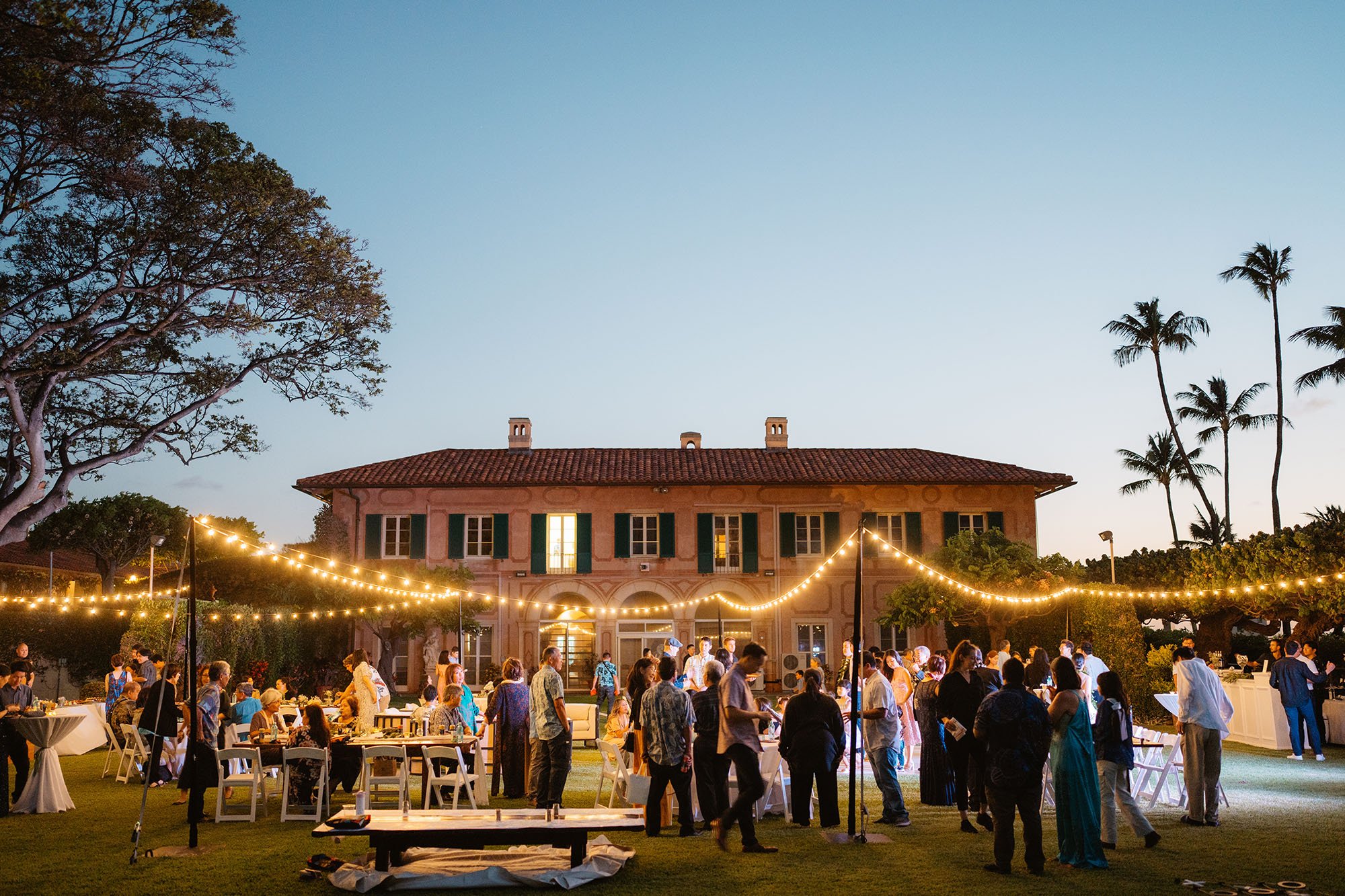New Year’s Differences: Japanese vs Japanese-American
I’ve spent many Holiday seasons in Japan while living there for 13 years. There are a lot of differences during that time compared to the US. For one, Christmas is more family focused in the US while it’s more like a Valentine’s Day in Japan. There’s also way more gift giving in the US than there is in Japan.
New Year’s is quiet and family focused in Japan and more of a party and celebration in the US. New Year’s is also more of the focus in Japan as there’s a long holiday during this time.
I’m Japanese-American and grew up celebrating New Year’s with some Japanese traditions which is common amongst Japanese-Americans in Hawaii. There are probably some differences between Japanese-Americans in Hawaii vs the U.S. Mainland and even between families, just as there are differences between regions in Japan, but I’ll share some observations I’ve had from my personal experiences.
1. There’s not much mochi pounding in Japan
One of the big things that I’ve noticed is that there’s more focus on making mochi in Hawaii than in Japan.
Mochi is a food made of rice that’s been pounded and made into a sticky texture. For New Year’s, it’s used in a traditional Japanese soup called ozoni, and when I was growing up, we pounded the rice with a machine and relatives would come over and shape the mochi with our hands.
My uncle and his family host an annual mochitsuki, or mochi pounding, event to bring people together and teach kids Japanese traditions. I’ve also noticed that many other Japanese-American families and groups in Hawaii doing the same.
In my 13 years in Japan, I only saw mochi pounding twice.
Once was part of a City Hall activity and once was for a school activity for students. I’ve lived both in Tokyo and in a smaller locale, and I’ve seen a family do it.
The principal at the school that held the activity said it’s a dying culture which is why he decided to have it for the students. While many in the neighborhood use to gather to take part in the tradition when he was younger, nowadays, most Japanese just buy mochi at the store.
2. There’s no kadomatsu in homes
Kadomatsu is a Japanese New Year decoration mainly made with bamboo, leaves, and rope.
In Hawaii, they’re sold even at places like Costco and Whole Foods. Family friends also made them and gifted them to us during the season. It might be that we were doing it wrong as a family, but we put them on display in our house.
It’s not as common for people in Japan to decorate with kadomatsu, it’s more common for businesses and shrines.
What I learned however, is that it’s supposed to be displayed outside because it’s meant to guide Gods and spirits. I’ve also never seen a kadomatsu at my wife’s home or any other Japanese friend’s home around this time of year.
3. Hawaii Japanese New Year’s food is different from Japanese New Year’s food
In Japan, New Year’s has a lot of cultural traditions and that includes food. There’s traditional dishes like osechi ryori where basically each item has a meaning.
In Hawaii, food is more representative of the mixed backgrounds of families, so you can have Japanese, Chinese, Korean, Filipino - basically all sorts of foods mixed together.
It may be that some dishes are localized from a part of Japan I’m not familiar with, but even New Year’s dishes labeled as “Japanese” in Hawaii are different.
“Namasu” in Hawaii is more commonly called “sunomono” in Japan
In Hawaii, namasu is mainly vinegered cucumber slices and wakame seaweed. In Japan, it’s mostly thinly sliced and vinegered carrots and daikon.
Seeing how culture changes as time passes or situations change due to immigration or relocation is interesting. I’m glad I could experience both Japanese New Year’s culture and Hawaii Japanese-American New Year’s cultures.





My preferred banks in the U.S and Japan, how to use Apple Pay when in Japan, and the credit cards that I use.